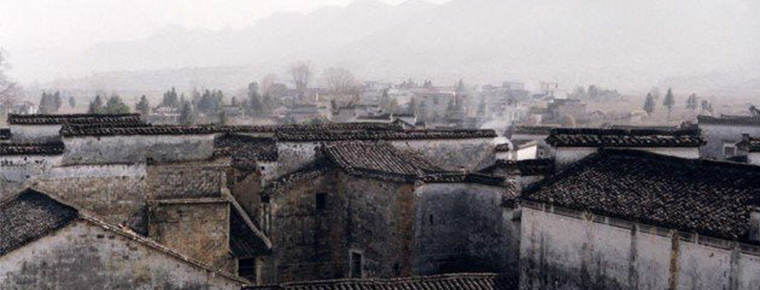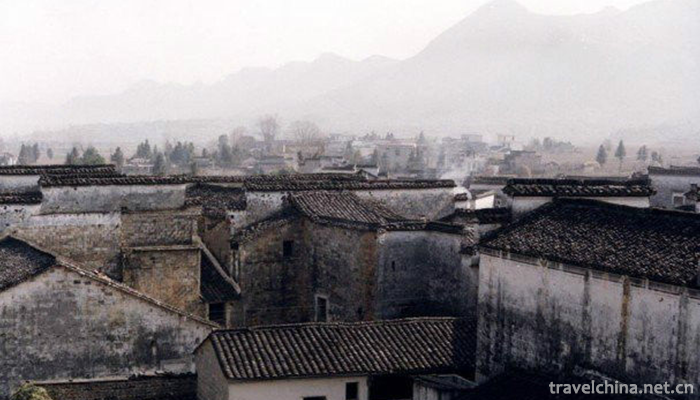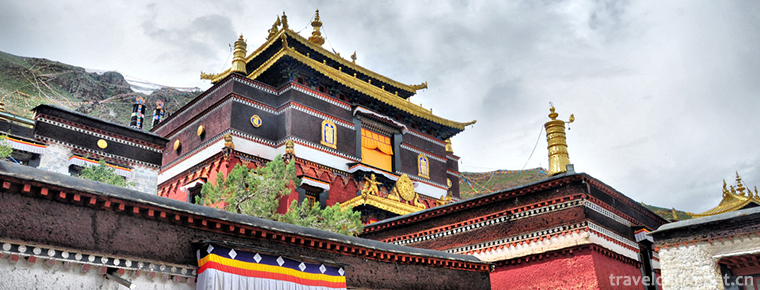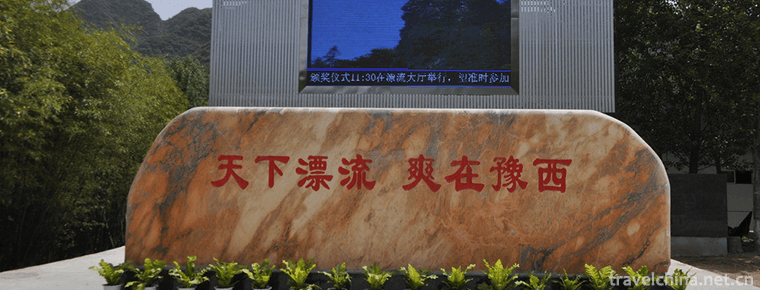2018-12-12

- By ChinaWiki.net
- Chinese Edition
- 2019-05-04
The Construction Skills of Hui School Traditional Dwellings
The construction techniques of Hui traditional dwellings are the traditional wood structure construction techniques with rich local characteristics. The legend of woodworking techniques is written between lines and ink.
As a wonderful flower of Chinese traditional residential architecture, "Hui-style architecture" is a relic of Hui merchant culture.
On June 7, 2008, the construction techniques of Hui-style traditional dwellings were approved by the State Council and listed in the second batch of national intangible cultural heritage list.
Architectural history
Cultural style
Huizhou area was originally inhabited by ancient Yue people. Because of the humid climate in the mountainous areas of southern Anhui Province, in order to prevent jaundice, the ancient Yue people's dwelling style was mainly "dry fence" architecture. After the Han and Wei Dynasties, in order to avoid the war, many large-scale immigration of the Central Plains scholars not only changed the population and structure of Huizhou, but also brought advanced Central Plains culture.
The construction techniques of Hui-style traditional dwellings are a wonderful flower of Chinese traditional dwelling buildings. They are praised for their precise and meticulous village layout, compact and fine architectural pattern, unified and distinct architectural style, profound cultural background, rich and varied architectural decoration, exquisite and superb construction techniques, and can be regarded as the typical representative of Chinese traditional dwelling buildings. Businessmen generally take pains to do things, buy land and build houses economically and economically, thus resulting in a small scale of construction, small patio, no Hall of the final effect. But they are rich, knowledgeable and have a certain appreciation ability, so they will spare no money to engage in brick carving, wood carving decoration, because they know that this is not only a realistic living space effect.
Honor
In June 2008, the construction techniques of Hui traditional dwellings were selected into the second batch of intangible cultural heritage list.
In 2010, as a sub-project of "Chinese traditional wooden structure construction technology", Huizhou traditional architectural construction technology was included in the UNESCO list of representative works of intangible cultural heritage of human beings.
Architectural features
The main combination methods of wood as main building materials, tenon and mortise as wood components, and the building construction technology system of modular system as scale design and processing and production means. This traditional building skill is handed down from generation to generation in the form of "words and deeds" between teachers and apprentices. It has lasted for 7000 years and spread to Japan, Korea and other East Asian countries. It is the representative of ancient Oriental architectural technology. Huizhou traditional architectural construction technology is a treasure of folk architecture art that has been formed gradually by local people in the construction practice for more than 2000 years. It has high academic and practical value. Among them, powder wall, Daiwa, Horsehead wall, brick, wood and stone carving, as well as stacked courtyards, high ridge eaves, winding corridors, pavilions and pavilions constitute a single tree. A School of Hui style architecture keynote. The gables of "Hui-style architecture" are like a banner of calligraphy and painting and a screen, so they are commonly called "screen walls". A rough look, but the real difference is that a horse head like a leap of ambition, a screen like stretching has a long history.
Inheritance of Intangible Heritage
The Ministry of Culture announced the fourth batch of representative successors of national intangible cultural heritage projects, Hu Gongmin was selected.

Ask a Question
Your email address will not be published.



0 Questions